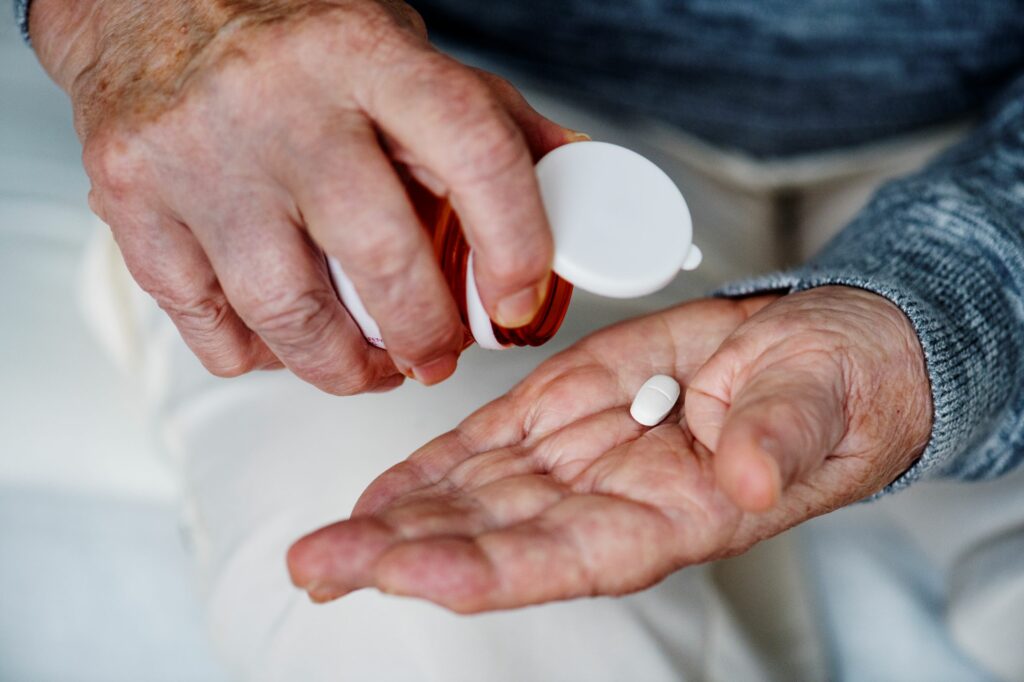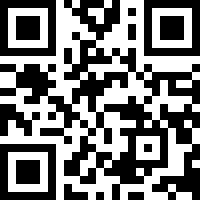Improving health outcomes is one of the most difficult challenges in healthcare. One way to avoid serious health problems is to ensure that patients take their medications as prescribed, especially those with multiple chronic conditions who must manage a variety of medications to stay as healthy as possible. To address the serious public health issue of medication adherence, we must engage the medical community and patients in a collaborative effort.
Seventy-five percent of Americans struggle to take their medications as prescribed. Many people’s well-being is being jeopardized, and the healthcare system is losing billions of dollars as a result of this non-compliance. According to estimates, drug non-adherence causes nearly 125,000 deaths per year in the United States and accounts for 33% to 69% of medication-related hospital admissions. When all direct and indirect costs are taken into account in, the annual cost of drug non-adherence is estimated to be between $100 billion and $300 billion. Furthermore, nearly half of all Americans (133 million) have at least one ongoing or chronic health issue. The figure is expected to rise by 2030.
Quick facts about the prevalence of chronic conditions:
- The number of people suffering from chronic illnesses is rapidly increasing. Between 2000 and 2030, the number of people living in the United States with one or more chronic disorders will rise by 37%, or 46 million people.
- Approximately 28% of Americans have two or more chronic conditions, accounting for two-thirds of total health-care spending.
- More than two-thirds of Medicare spending is accounted for by beneficiaries with five or more chronic conditions.
Barriers to Medication Adherence
Medication non-adherence is extremely common in patients with chronic diseases, affecting up to 40% to 50% of patients who are prescribed medications to manage chronic conditions such as diabetes or hypertension. Here are some common barriers:
Patient-related barriers:
- Lack of motivation
- Depression
- Denial
- Cognitive impairment
- Drug or alcohol use
- Cultural issues
- Low educational level
- Alternate belief systems
Treatment-related barriers:
- Complexity of treatment
- Side effects (or fear of side effects)
- Inconvenience
- Cost
- Time
Other barriers:
- Poor practitioner-patient relationship
- Asymptomatic disease being treated
Remote Patient Monitoring (RPM) and Patient Engagement as a Solution
Healthcare leaders are looking for ways to involve patients and families in healthcare safety in this era of patient-centered care.
Patient engagement is a collaborative effort between providers and patients to improve health. Increased patient engagement in healthcare results in improved health outcomes. Patients want to be involved in their healthcare decision-making, and those who take an active role in their care are generally healthier and have better outcomes.
Remote Patient Monitoring (RPM) has the ability to increase patient engagement by providing patients with the means to take a greater role in their own health improvement especially in taking medications as prescribed by their physicians.
For example, RPM enables diabetes patients to receive advanced and accurate blood glucose monitoring at home, while also encouraging better medication adherence. Patients must engage with the technology in order to reap these benefits. The perceived usefulness and ease of use of the technology have an effect on a patient’s willingness to participate in an RPM program.
A study examined the role of these two factors in a diabetes management telehealth program. The researchers gathered data from a group of type 2 diabetes patients who were monitored remotely for three months. Their primary objective was to understand the influence of patient engagement with technology on diabetes management outcomes. The outcomes were determined by comparing hemoglobin A1c (HbA1c) levels at the start and end of the program.
Results: Patients who participated in remote monitoring more frequently and consistently had lower HbA1c levels at the program’s conclusion. Compared to patients who uploaded their biometric data every 2 days or less frequently, patients who maintained an average frequency of one upload per day were less likely to have a postmonitoring HbA1c > 9% after adjusting for selected covariates on baseline demographics and health conditions.
RELATED: RPM: A Potential Way to Avoid Diabetes Medication Errors
Steps to Engaging Patients with a Remote Patient Monitoring Program
- Ensure the ease of use of technology and address the fears that patients may have about the program
- Customize the program based on specific health goals of the patient
- Properly educate the patient through constant monitoring and interaction
Introducing Actionable Patient Data through AI-Driven RPM
For a successful RPM program, all data collected via smart devices by a patient should be analyzed to uncover patterns and create a holistic picture of the patient’s health condition. This is especially critical for chronic patients and those recovering at home following an operation. Even slight health deteriorations prior to medical acuity and readmissions can be detected using data patterns. Once algorithms gain a better understanding of the patient’s condition, they can send reminders, notifications, or alerts based on the actions that are required – contacting a physician, maintaining good behavior, or making adjustments with medications and dietary habits.
Takeaway
Adherence improvement involves an active behavioral change process, which is usually always challenging. All of these elements are required: education, incentive, enhanced tools, support, monitoring, and evaluation. As providers begin to incorporate interventions that directly affect patient participation, we can expect remote patient monitoring programs to achieve even greater success.
For Next-Generation Remote Patient Monitoring, visit DrKumo® Inc.
IDLogiq / DrKumo Inc. is a technology leader in massively scalable, continuous, real-time Remote Patient Monitoring solution for Chronic Disease Management, Acute Care, Post-Operation, and Hospital Care at Home.
It solves the most painful problems in healthcare with a user-friendly solution powered by its state-of-the-art, HIPAA-compliant, mobile-enabled, continuous real-time monitoring, and AI/ML engine. Then company’s Remote Patient Monitoring (RPM) technology enables patients to manage their health conditions in the comfort of their homes and supports healthcare providers with real-time intelligence for timely intervention. DrKumo revolutionizes the way people access quality health care across the world. With a culture that is innovative, collaborative, and technology-driven, DrKumo provides the most effective solutions to both patients and healthcare providers.
Facebook: https://www.facebook.com/DrKumoOfficial
Twitter: https://twitter.com/DrKumoOfficial
Instagram: https://www.instagram.com/drkumo.official/
LinkedIn: https://www.linkedin.com/company/drkumo


